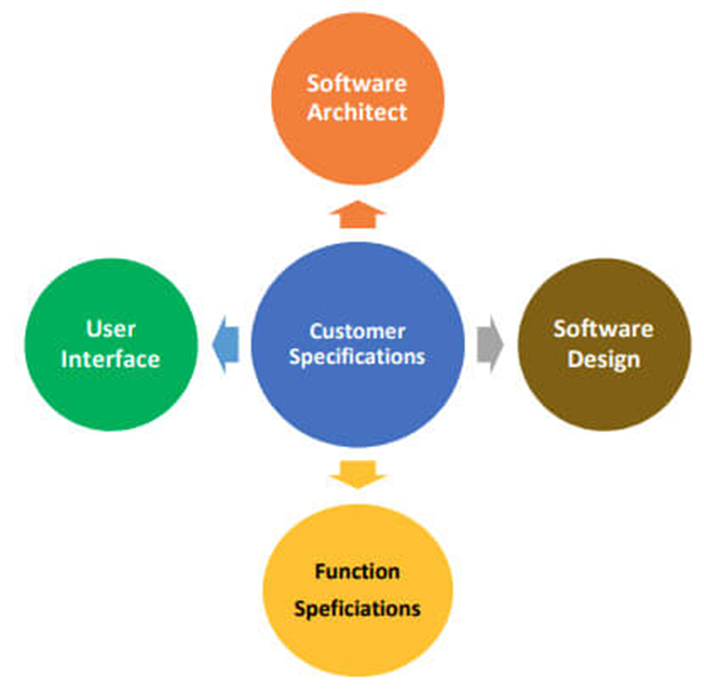What are the drawbacks in waterfall software development mode?
What is the Waterfall Method?
The Waterfall Model is a linear or sequential approach to project
management and works based on fixed dates, requirements, and outcomes. Teams do
not require consistent communication and, unless specific integrations are
required, can be self-contained. Team members can also work independently and
are often required to provide status reports somewhat less frequently (when
compared to an agile approach).
A typical Waterfall project is chronological and is made up of the
following phases:
- Requirements
- Design
- Implementation
- Verification
- Maintenance
Disadvantages of the
Waterfall Model
1. The waterfall model doesn’t support making
changes.
2. It can
invalidate the work you’ve previously accomplished.
3. This
method excludes end-users and clients.
4. It delays
testing until after the completion of the project.
5. The waterfall
model can promote longer delivery times.
6. It typically
works better for small projects.
7. Working
models aren’t available until the latter stages of a project.
Reference:
https://developer.ibm.com/articles/waterfall-model-advantages-disadvantages/
https://vittana.org/15-advantages-and-disadvantages-of-a-waterfall-model

Comments
Post a Comment